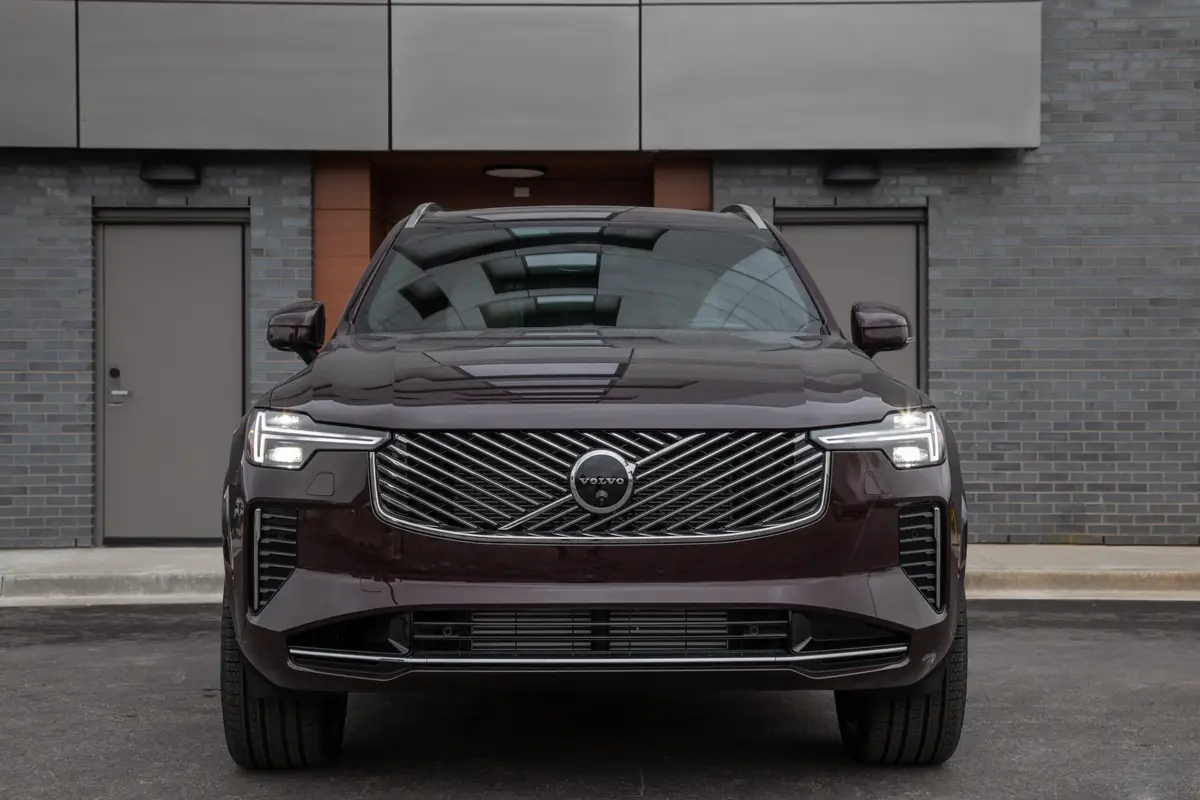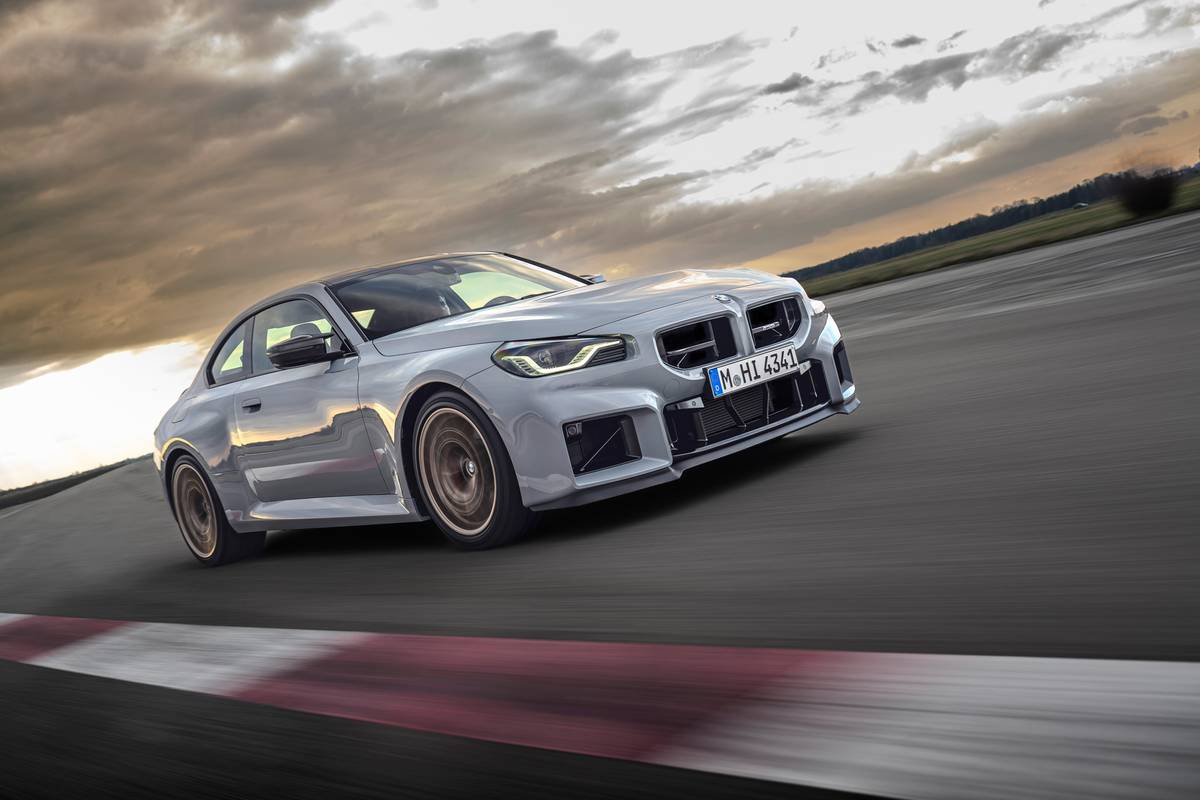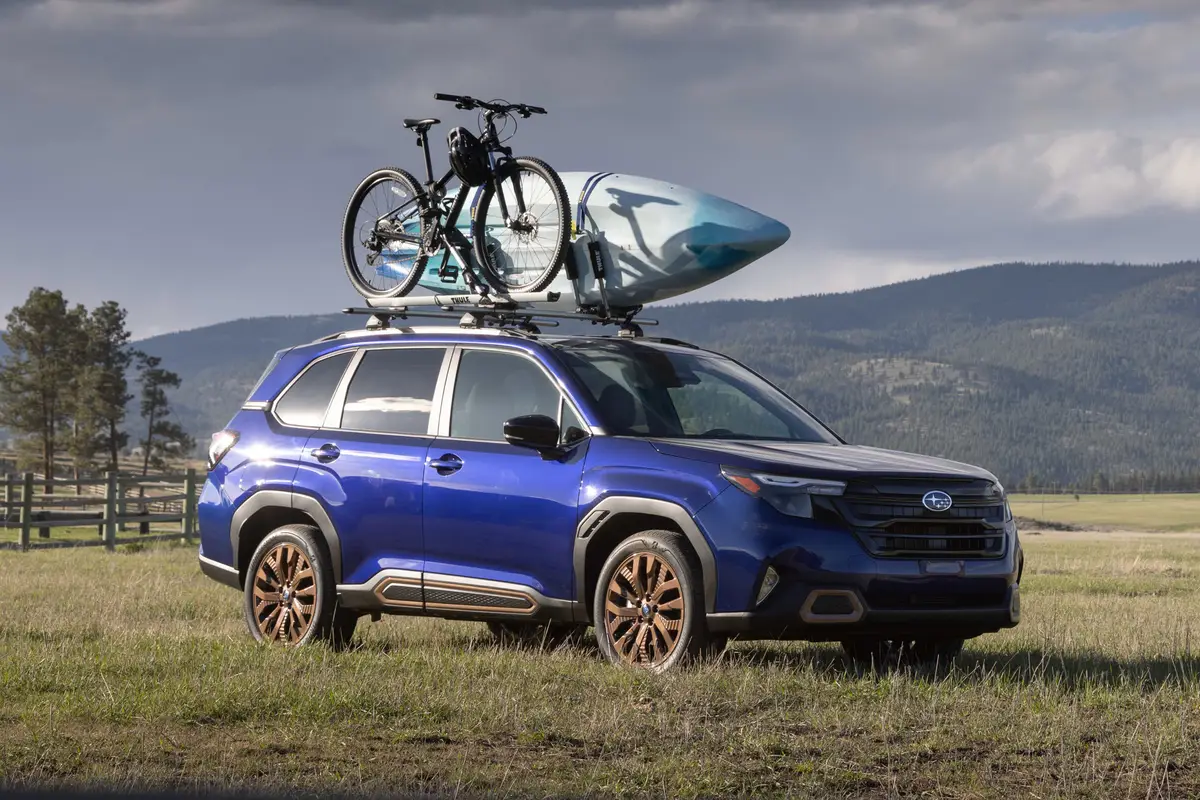The Morning Call and Mcall.com's view
The compact truck market is the fastest growing of all the automotive markets and the four-wheeling sports utility vehicle is a big seller within that segment. Several years ago, of course, there were no compact utility wagons, which certainly could account for a rapid growth. But it is really not just a case of people buying compact utility vehicles instead of full-sized utility vehicles. What it is, is that the compacts created a broader market. People who would not consider buying a full-sized utility vehicle suddenly are buying the compact versions.
This compact utility vehicle market is dominated by the Americans, which is also interesting when you consider that several years ago, no American manufacturer built a compact truck of any kind. But the market became big enough for the American manufacturers to jump in, so they started building their own instead of slapping nameplates on Japanese-built vehicles. The compact utility vehicle is getting a little foreign competition but really not enough to cause anyone in Detroit to lose sleep.
And one manufacturer certainly sleeping very well, thank you, is Chevrolet, which had the best selling sports utility vehicle for 1984 year was an excellent year for all trucks, but this is still an accomplishment for the S-10 Blazer, especially when you consider the stiff competition it is getting from the Ford Bronco II and Jeep Cherokee.
The test vehicle – supplied by Scott Chevrolet, 3333 Lehigh St., Emmaus – was a sharp-looking black and silver number with a good number of options and plenty of creature comforts. It was definitely a vehicle for personal use and not work. The S-10 Blazer is really a ruggedly-built vehicle, but somehow it has a cute look to it. Cute usually isn’t a word to describe a truck or truck-type vehicle, but it does seem apropos in this case.
Although the S-10 looks much smaller than Chevy’s full-sized Blazer, interior room really isn’t that much less. For example, the S-10 has a wheelbase of 100.5 inches; length, 170.3 inches, and width, 64.7 inches. This means the wheelbase is six inches less; length, 15.3 inches shorter, and width, 14.3 inches narrower than the standard Blazer. However, it only has 4.8 square feet less floor space than the bigger model. This, according to Chevy, was made possible by a 9.4 inch longer load floor that results from an improved method of folding the rear seat.
The S-10’s two front seats are good-sized and should accommodate drivers and passengers of all sizes and shapes. The back seat, which is really an option, can hold three persons in comfort. Climbing in and out of the back seat is made less difficult by an easy-entry feature which automatically slides the front seat forward when the backrest is tilted forward. Also, when the backrest is moved to its normal position, the seat returns to its original location.
The suspension system on the S-10 is typical for a four-wheeler. Up front are independent torsion bars, and leaf springs are in the rear. The test vehicle had an acceptable ride and this no doubt was helped out by the low- pressure gas shocks which are new this year and designed for improved ride characteristics. The S-10 Blazer isn’t a bad-handling vehicle but, like other compact utility vehicles, it is somewhat high and narrow and shouldn’t be thrown into the curves and corners like a car. As with other similar vehicles, there is a warning mounted on the sun visor to this effect. This doesn’t mean you are going to turn turtle on the first deviation from a straight line, but it does mean it has to be driven with a little common sense.
With all of its power equipment, including its four-speed automatic transmission, the test vehicle was an easy vehicle to drive. The all-around glass means that visibility is particularly good. And even compact utility vehicles sit a little higher for a better sw ep of the road.
Most persons buy 4WD vehicles to get through the snow. Unfortunately, or perhaps fortunately, there was no snow to take the test vehicle through. But it will get through. The test vehicle’s four-wheel drive system was also quite easy to operate. The selector lever has positions for two-wheel drive, four- wheel high, four-wheel low and neutral. The system is synchronized to shift from two-wheel to four-wheel high even with the vehicle in motion. (For four- wheel low, the vehicle has to be stopped.) And there are no hubs to twist. The only thing a driver has to remember to do when shifting from four to two- wheel drive is to back up the vehicle for 10-15 feet to disengage the hubs.
Powering the test vehicle was the optional 173 cubic inches (2.8 liter) V- 6. This engine is rated at 110 horsepower at 4,800 rpm and 145 foot pounds torque at 2,100 and is well suited for all Lehigh Valley driving conditions. This engine was originally developed for transverse mounting in General Motors front-wheel drive cars. But it has also been mounted longitudinally in several front engine/rear drive cars and trucks. Since the S-10 Blazer only weighs in at about 3,100 pounds, the small V-6 provides adequate performance. Putting the pedal to the metal won’t give anyone whiplash, but it will take the S-10 over the hills and mountains without a lot of effort.
The optional four-speed automatic (with overdrive fourth gear) shifted smoothly and on cue. It also provided quite decent fuel mileage. But, then, this is the whole purpose of a four-speed automatic. The test vehicle averaged 15 miles per gallon for city driving and 22 mpg over the highways.
The S-10 Blazer has a new standard engine this year. It is the 151 cubic inch (2.5 liter) four-cylinder, an engine used in a number of General Motors vehicles. This engine replaces last year’s 121 cubic inch (2 liter) four. The 2.5 is rated at 92 horsepower at 4,400 rpm and 134 foot pounds torque at 2,800 rpm. This engine features computer-controlled electronic fuel injection. The choice of engines will depend on your need and speed.
Base price on the S-10 Blazer is $10,134. There’s not a whole lot of standard equipment with the base vehicle. But there are power brakes, tinted glass, steel belted all-season radials and a couple of trim and convenience items. The test vehicle had a bottom line of $14,534 included: folding rear seat, $341; air conditioning, $705; speed control, $195; V-6, $225; four-speed automatic, $670; tilt steering, $115; power steering, $225; electronic AM-FM stereo radio, $238; Tahoe equipment (dress-up package), $595, and special two- tone paint, $167.
Latest news



